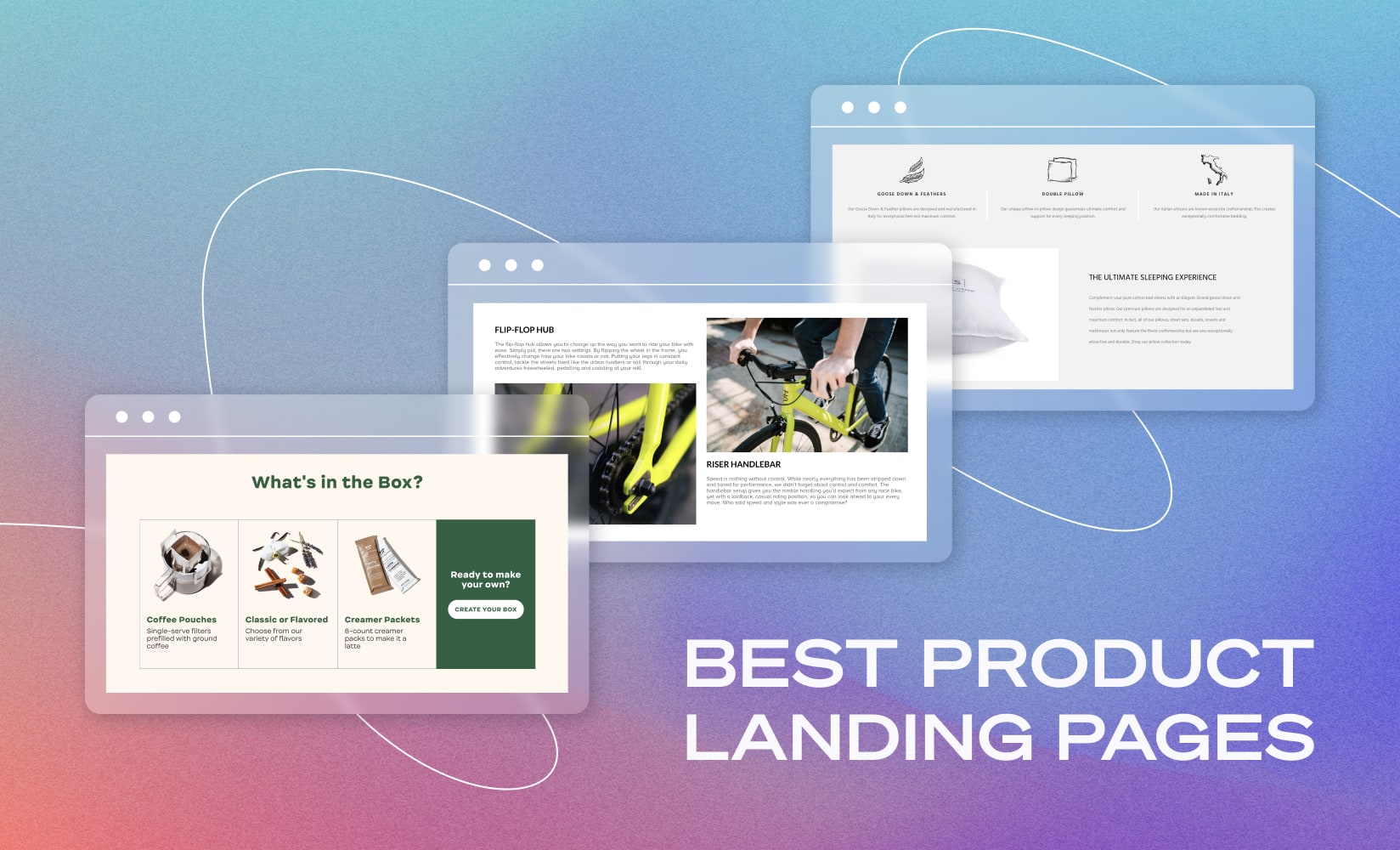Launching a new product is an exciting endeavor, but to turn that excitement into sales, you need a well-designed landing page. A product launch landing page serves as a focal point for your marketing efforts, providing potential customers with all the information they need to make a purchase decision. Here are essential tips for designing a landing page that converts visitors into customers.

Table of Contents
Toggle1. Define a Clear Objective
Before you begin designing your landing page, establish a clear objective. What do you want visitors to do? Whether it’s signing up for a newsletter, pre-ordering a product, or watching a product demo, your objective will guide the entire design process. Make sure that every element on the page supports this objective.
2. Craft Compelling Copy
The copy on your landing page should be engaging, informative, and concise. Here’s how to achieve that:
- Headline: Create a strong, attention-grabbing headline that clearly states what your product is and its primary benefit.
- Subheadline: Use a subheadline to provide additional details and reinforce the main headline.
- Bullet Points: Break down features and benefits using bullet points to make them easy to read.
- Call to Action (CTA): Use a clear and compelling CTA that tells visitors exactly what to do next. Phrases like “Pre-Order Now,” “Get Early Access,” or “Join the Waitlist” can be effective.
3. Focus on Visual Appeal
A visually appealing landing page can captivate visitors and encourage them to explore further. Here are some design tips:
- High-Quality Images: Use high-resolution images of your product. Show it from multiple angles and in different contexts to give visitors a complete view.
- Video Content: Incorporate videos demonstrating the product in action or highlighting key features. Video content can increase engagement and help explain complex concepts more effectively.
- Consistent Branding: Ensure that your landing page aligns with your overall brand identity, including colors, fonts, and tone. This consistency builds trust and recognition.
4. Create a Seamless User Experience
A user-friendly design is crucial for conversions. Consider these factors:
- Mobile Responsiveness: Ensure your landing page is optimized for mobile devices. Many users will access your page from their smartphones, so it should look and function well on smaller screens.
- Easy Navigation: Keep navigation simple and intuitive. Avoid clutter and unnecessary links that could distract visitors from your main objective.
- Fast Loading Speed: Optimize images and use efficient coding practices to ensure your landing page loads quickly. A slow-loading page can lead to high bounce rates.
5. Utilize Social Proof
Social proof can significantly influence purchasing decisions. Here’s how to incorporate it effectively:
- Testimonials: Include customer testimonials or reviews, especially if you have early access users or beta testers. Authentic feedback can build trust and credibility.
- Trust Badges: Display any relevant certifications, awards, or security badges to reassure visitors about the quality of your product and the safety of their personal information.
- User-Generated Content: Showcase photos or videos from customers using your product. This can create a sense of community and increase interest.
6. Implement Strong CTAs
Your call-to-action buttons should stand out and encourage immediate action. Here’s how to enhance their effectiveness:
- Color and Size: Use contrasting colors for your CTAs to ensure they are easily noticeable. Make them large enough to be clicked easily on both desktop and mobile devices.
- Placement: Position your CTAs strategically throughout the page. Consider placing them both above the fold and at the end of the page for maximum visibility.
7. Incorporate a Countdown Timer
If you are launching a time-sensitive offer or pre-order, consider adding a countdown timer. This creates urgency and encourages visitors to act quickly. Make sure the timer is visible and clearly indicates the end date and time of the offer.
8. Offer Incentives
Encouraging visitors to take action can be enhanced with incentives. Consider offering:
- Exclusive Discounts: Provide a discount for early subscribers or pre-orders.
- Free Trials or Samples: If applicable, offer a free trial or sample to entice potential customers.
- Referral Programs: Encourage visitors to refer friends in exchange for discounts or bonuses.
9. Optimize for SEO
To drive organic traffic to your landing page, ensure it is optimized for search engines:
- Keyword Research: Identify relevant keywords related to your product and incorporate them into your headlines, subheadlines, and body copy.
- Meta Tags: Write compelling meta titles and descriptions that include your target keywords to improve click-through rates from search results.
- Alt Text: Use descriptive alt text for images to enhance accessibility and SEO.
10. A/B Test Your Page
After launching your landing page, conduct A/B tests to optimize performance continually. Experiment with different elements, such as:
- Headlines and CTAs: Test variations of your headlines and calls to action to see which performs better.
- Images and Videos: Try different visual content to find what resonates most with your audience.
- Layouts: Experiment with different layouts to see which design leads to higher conversions.
Conclusion
Designing a product launch landing page that converts requires careful planning, attention to detail, and a focus on user experience. By defining a clear objective, crafting compelling copy, creating a visually appealing design, and implementing effective CTAs, you can maximize your chances of success. Remember to utilize social proof, optimize for SEO, and continuously test and refine your page to achieve the best results. With these tips, you’ll be well on your way to launching a successful product that captures the attention of your target audience!


No responses yet